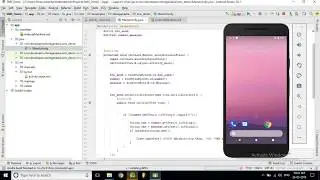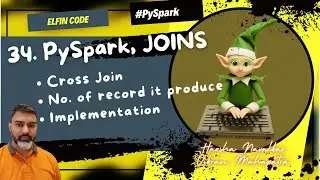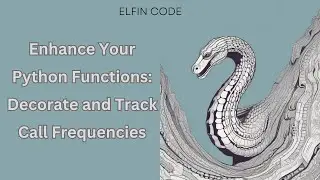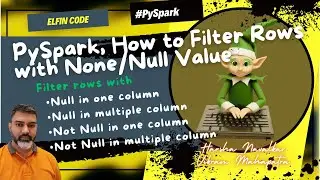How to extract date information from date column | Python PySpark Tutorial Part27 | Python Tutorial
🚀 Mastering PySpark Date Functions Tutorial
📅 Welcome to our PySpark tutorial series! In this video, we dive into the powerful date functions, exploring how to extract valuable insights from your timestamp data using PySpark.
📖 Topics Covered:
1. Extracting Year: Learn how to effortlessly extract the year from your timestamp data, gaining a deeper understanding of temporal trends in your datasets.
2. Extracting Month: Dive into PySpark's month function and discover how to analyze and visualize data on a monthly basis.
3. Extracting Day of the Month: Uncover patterns by extracting the day of the month using PySpark's dayofmonth function.
4. Extracting Hour: Explore the hour function to break down your timestamp data into hourly intervals for more granular analysis.
5. Extracting Minute: Zoom in further with the minute function, allowing you to analyze and understand patterns at a minute-level resolution.
6. Extracting Second: Fine-tune your analysis by leveraging PySpark's second function to extract seconds from your timestamp data.
🛠️ Code Samples and Examples:
Our tutorial includes hands-on code examples, making it easy for both beginners and experienced PySpark users to follow along.
🔗 Helpful Links:
Link to PySpark Documentation
👩💻 Who is this for?
This tutorial is perfect for data enthusiasts, analysts, and data scientists looking to harness the full potential of PySpark's date functions for time-based analysis.
📌 Timestamps:
0:00 - Introduction
0:10 - Agenda
0:50 - Practical PyCharm window
1:40 - Extracting Year
3:10 - Extracting Month
3:35 - Extracting Day of the Month
7:25 - Extracting Hour
9:40 - Extracting Minute
11:15 - Extracting Second
13:00 - Code Samples and Examples
15:45 - Conclusion
🔔 Don't forget to subscribe and hit the bell icon to stay updated on our PySpark tutorials!






![[Non English] 1.7 Khmer Language](https://images.videosashka.com/watch/1IHVRDyjUKs)
























